2019-02-08
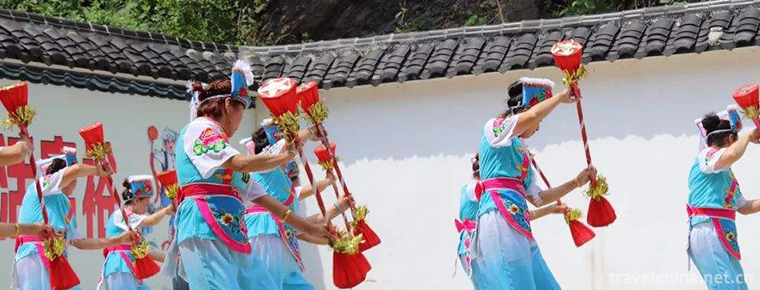
- By ChinaWiki.net
- Chinese Edition
- 2019-07-25
Encouragement of Sangzhi Battle
Sangzhi Bai people's fighting drum is mainly distributed in seven Bai villages and towns, such as Mahekou, Maidiping, Furong Bridge, Hongjiaguan, Zoumaping, Linxi River and Liu Jiaping. In other half counties, such as Guandiping and Ruitapu, fighting drum is also popular.
brief introduction
distribution
Development
Sangzhi Bai people's fighting and drumming has gone through two major periods of development. First, Bai's migrant ancestors came to Sangzhi to settle down and developed with Tujia and other nationalities, creating the primitive prototype of Bai's battle encouragement. Second, in the early Ming Dynasty, social development, immigrants came to Sangzhi to settle down, the population of Bai's area increased, and the battle encouragement got considerable development, and constantly improved the art system of battle encouragement.
Tricks
Sangzhi Bai people have many ways of fighting drums, such as "Ninety-eighty-one ways of turning over hard, looking at the moon by rabbits, whipping by tyrants, and sitting on the balcony by lions", which are flexible and changeable. When dancing, people hold drums and take the "inverted T-step" as a step. They stand in tripartite groups.
Characteristic
"Only good dancers are good at fighting." Sangzhi Bai nationality encourages the same origin of Wushu with drums. Affected by war and harsh natural environment, Bai people fully integrate Wushu, which can cultivate strong will and enhance physical fitness, into dance, such as "Sugong's back sword, wild horse's split mane" and so on, with vigorous movements, without losing the delicacy of dance.
Sangzhi Bai people's fighting drums have a bright rhythm and are rough and generous. With the cooperation of gongs, drums, suonas and other national instruments, people dance and enjoy themselves.
Sangzhi Bai people are not bound by props. When dancing, farm tools or any living utensils can be used as props, which is generous and shows the beauty of primitive simplicity.
Affected by the regional environment, Sangzhi Bai people's fighting drum has the rhythmic characteristics of bending, kneeling, relaxing and sinking.
History
Sangzhi Bai people's fighting drum has a long history and rich artistic connotation. Over 700 years of inheritance has provided an important basis for the study of Bai people's production and living customs. At the same time, it also provides inexhaustible material for the creation of dance art.
inherit
Like other folk arts, Sangzhi Bai people's fighting drum inspiration is influenced by the extreme leftist trend of thought of the Cultural Revolution and the impact of foreign culture. People's interest in this kind of ancient folk art is becoming weaker and weaker. The aging of the fighting drum teachers and the lack of successors make many traditional Wushu movements on the verge of being lost.
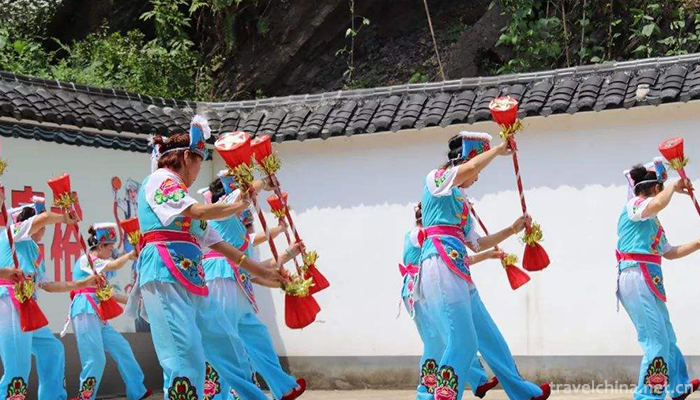
Ask a Question
Your email address will not be published.
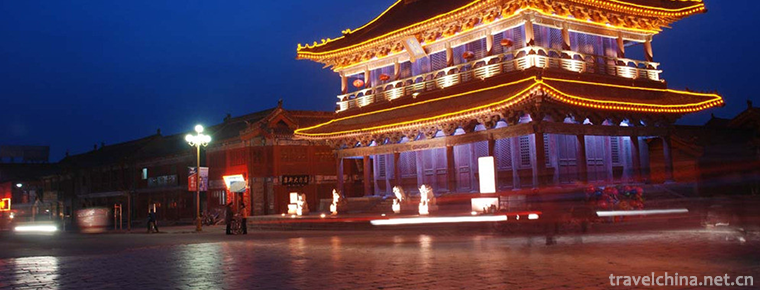
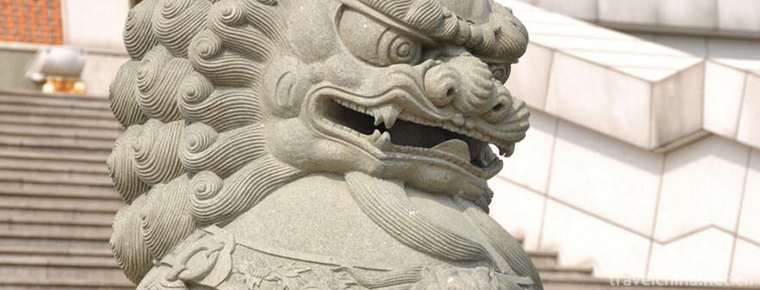
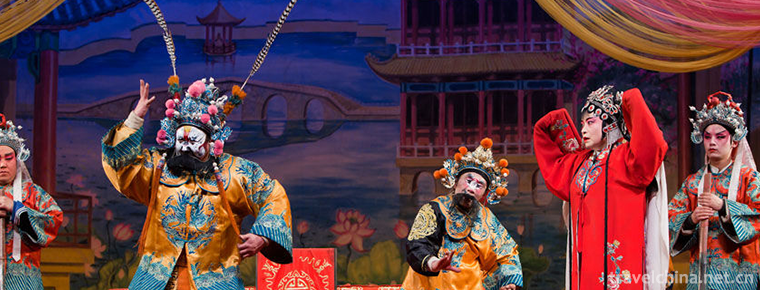
0 Questions